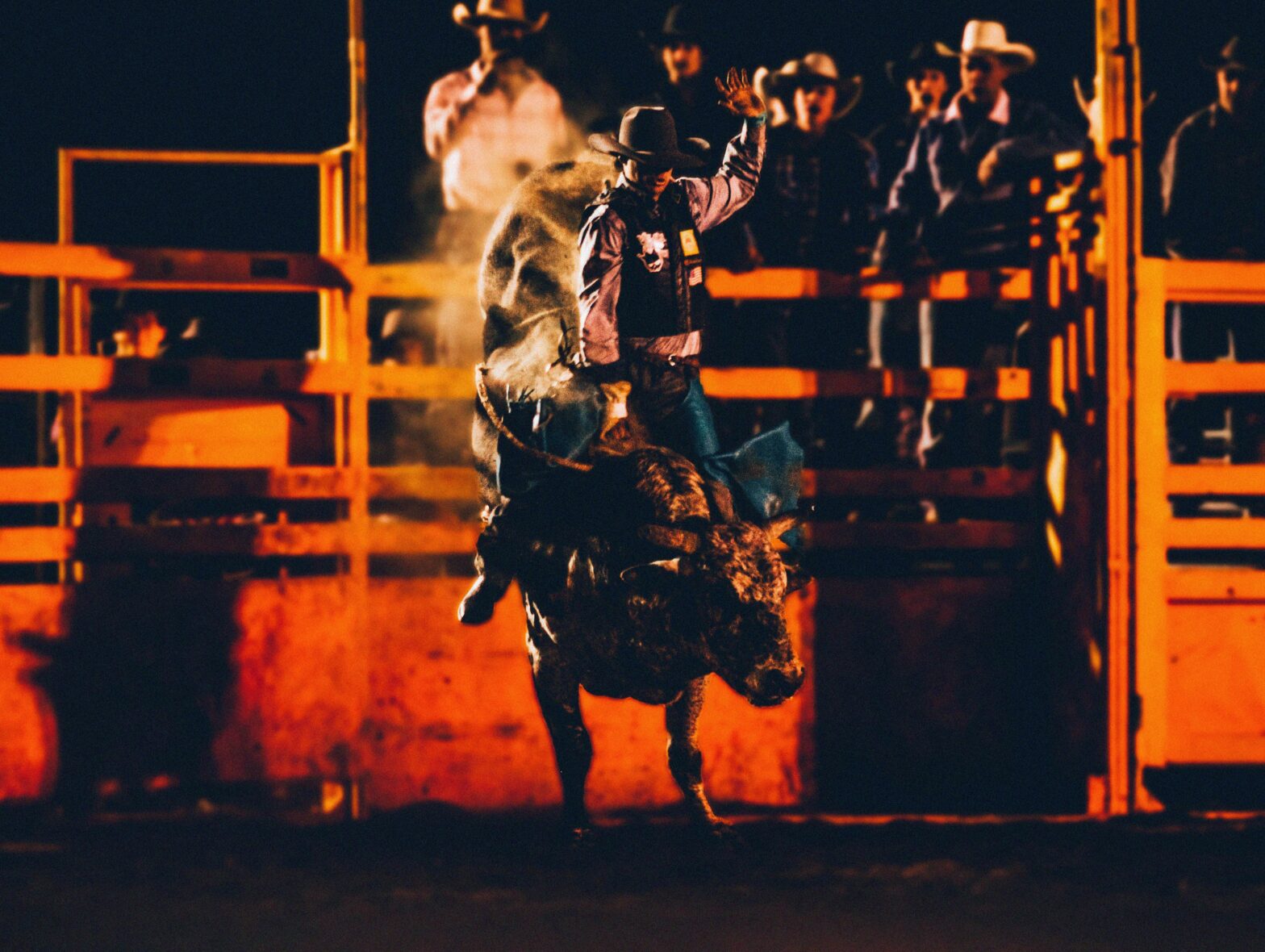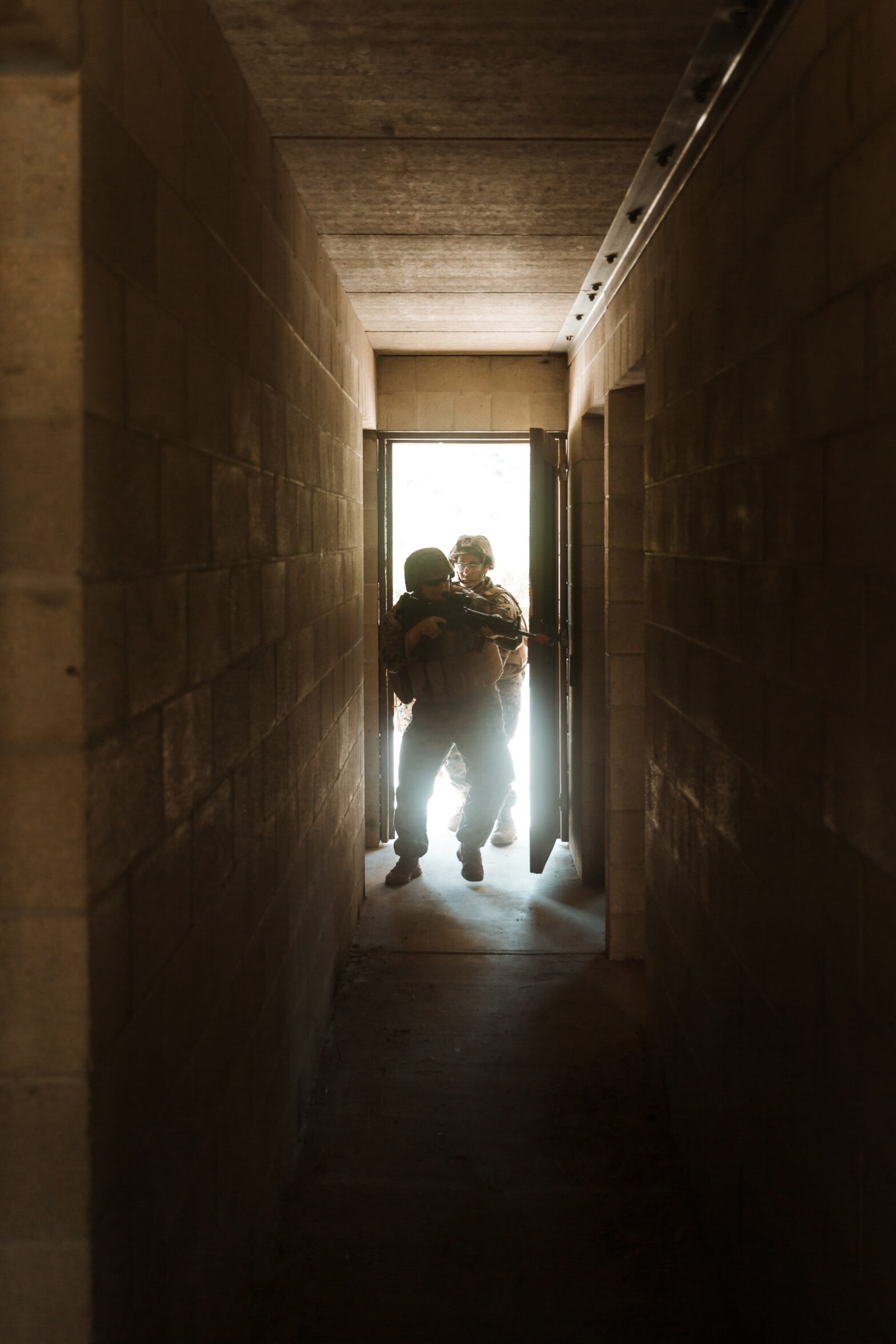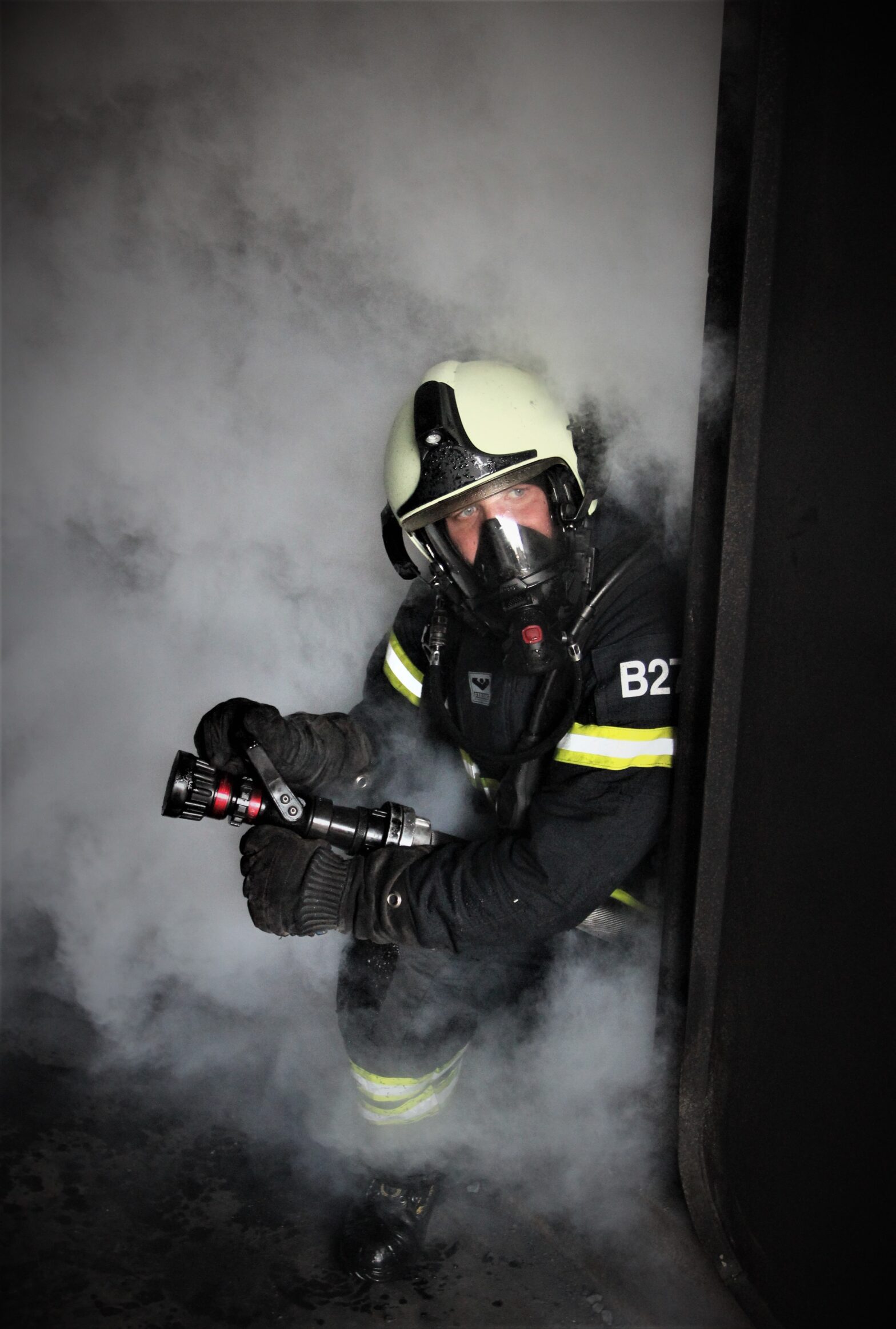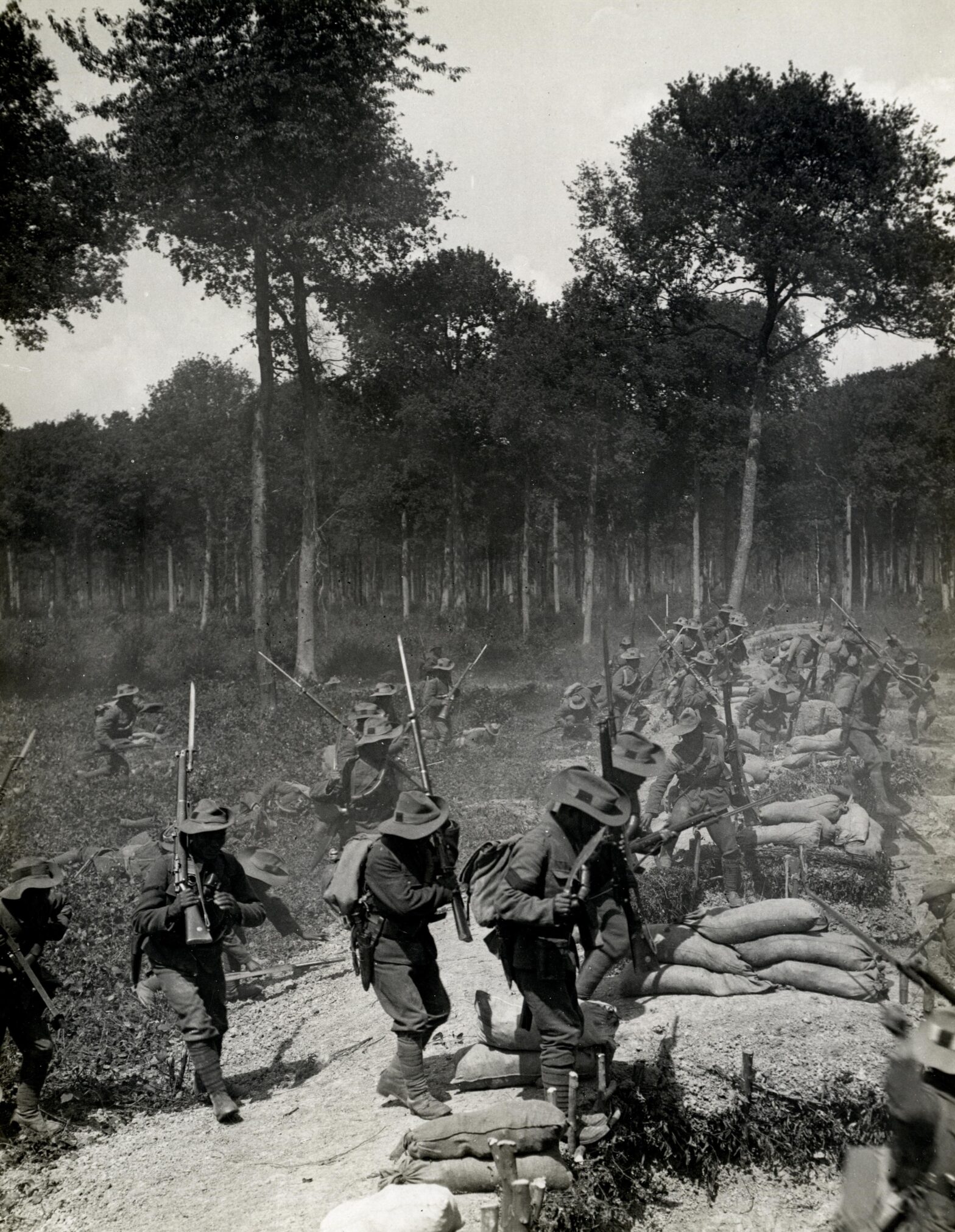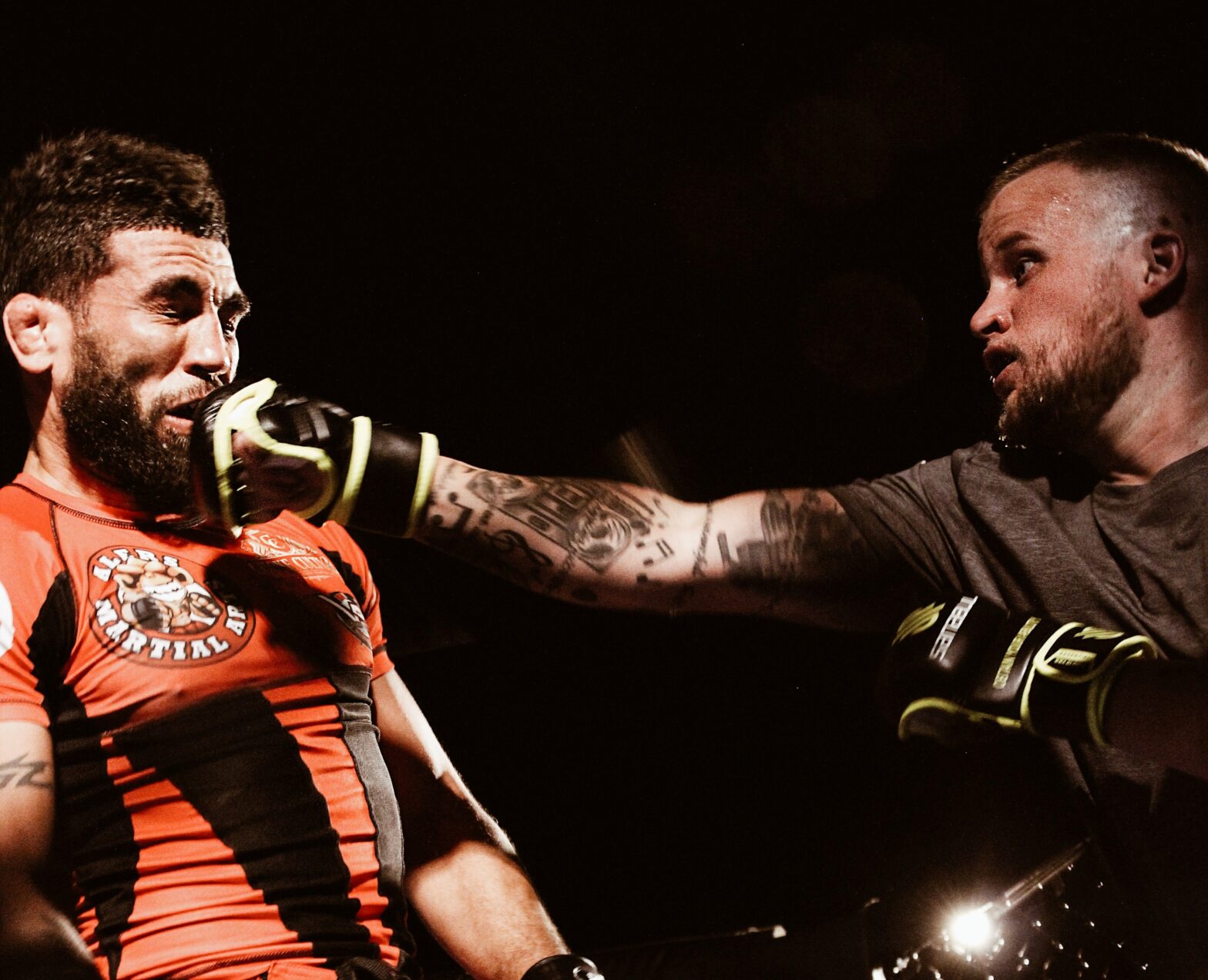Recently the Director of the CIA has told Russia that if they are behind the multiple attacks on US personnel using what is suspected as directed energy, there would be “consequences”. [1] Havana Syndrome is the term used for the concussion-like symptoms the victims of these suspected attacks experience. These symptoms include dizziness, unsteadiness, cognitive… Continue reading Havana Syndrome: An Attack on Situational Awareness Capability
Author: Dani Fennerty
What You Should Prioritize After Subconcussive Exposure
The one thing you should prioritize after known subconcussive exposure is sleep. Subconcussions are head impacts that don’t result in clinical symptoms, but there is subtle neuro-inflammation post subconcussive exposure. [1-2] Sleep can be a touchy subject for tactical athletes. You know the importance of sleep, but your sleep deprivation is often outside of your… Continue reading What You Should Prioritize After Subconcussive Exposure
Processing Speed- The Audiovisual Temporal Binding Window
When in a highly stimulating environment it is important to filter the stimuli and determine what is important and where it is coming from. Doing this quickly is vital for quick reactions and high performance, particularly in the tactical community. This goes back to fast reactions requiring 3 steps: input, processing, output. The processing step… Continue reading Processing Speed- The Audiovisual Temporal Binding Window
Look Away- The High Level Skill of Anti-Saccades
Quick eye movements away from a stimulus are called anti-saccades. We innately want to quickly move our eyes toward a stimulus (toward a sound or light), therefore anti-saccades require higher level of processing and skill to suppress the reflexive movement and create an eye movement away from the stimulus. The ability to do so quickly… Continue reading Look Away- The High Level Skill of Anti-Saccades
Training The Sensory Systems With Specificity
Unique to tactical athletes is the level of performance the sensory systems for situational awareness must perform at. No other athlete or professional relies on their sensory systems to the extent that tactical athletes do. There are 4 primary sensory systems for situational awareness- visual, auditory, vestibular, and somatosensory. Each system has an important role… Continue reading Training The Sensory Systems With Specificity
Why You Should Know Your Max Speed With Divided Focus
You should know your max speed with a divided focus. You know your max deadlift, your best mile time, and your squat PR. Objectively measuring and improving your speed with a divided focus is important to know too. Why? Because your performance relies heavily on the ability to move with speed and precision under conditions… Continue reading Why You Should Know Your Max Speed With Divided Focus
When The Only Constant Is Chaos
The only constant for a tactical athlete is chaos. The unpredictable nature of the job requires a strong foundation of readiness. Job specific skills, strength, and endurance are all foundational elements vital for readiness. But to be ready for chaos that alone isn’t enough. It is one thing to lift heavy in the gym, another… Continue reading When The Only Constant Is Chaos
Peripheral Vision Reactions
When reacting to a peripheral target there are two primary methods of responding to centralize the target. Quickly turning the head Quickly moving the eyes to the target first, and then turning the head These quick reactions can challenge your balance because of its activation of the vestibular system. It becomes even more challenging… Continue reading Peripheral Vision Reactions
Memory Guided Target Acquisition
The ability to accurately target acquire when the target is no longer visible is a highly advanced skill. To do this an individual utilizes their memory guided target acquisition system. An example of this would be when in darkness and a brief flash of light occurs. The individual would be able to continue to scan… Continue reading Memory Guided Target Acquisition
Subconcussions And Performance In MMA
Mixed martial arts and tactical combatives require execution in a close position to your opponent. To be successful the fighter must have quick reactions- integrating speed, strength, and precision of movement. Mixed martial artists without history of concussion and are asymptomatic have shown a reduction in the performance of the reflex that keeps a target… Continue reading Subconcussions And Performance In MMA

